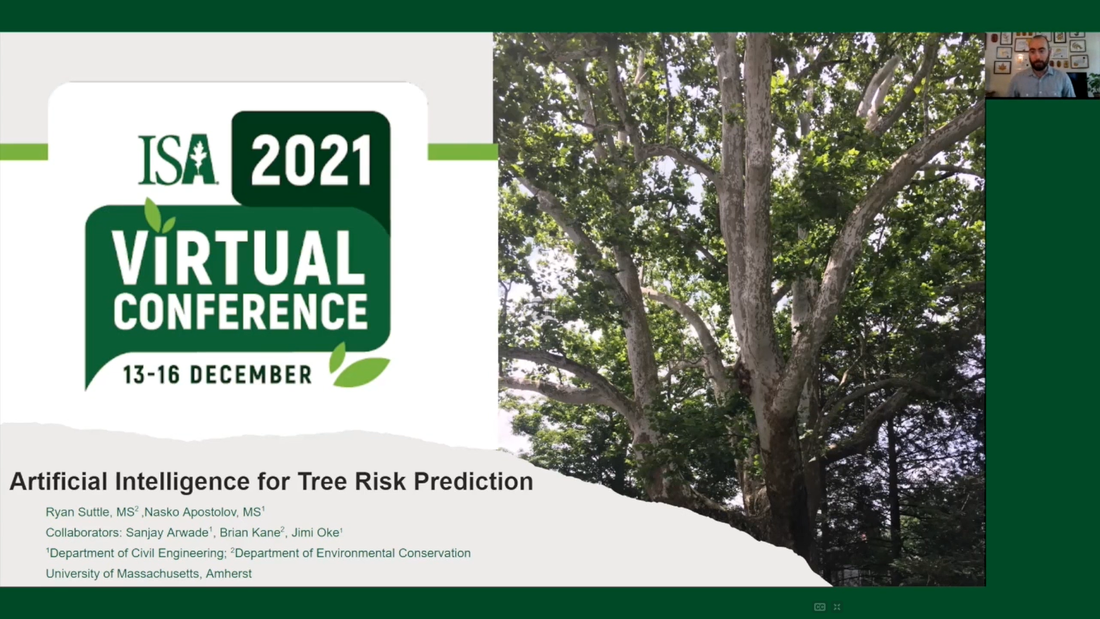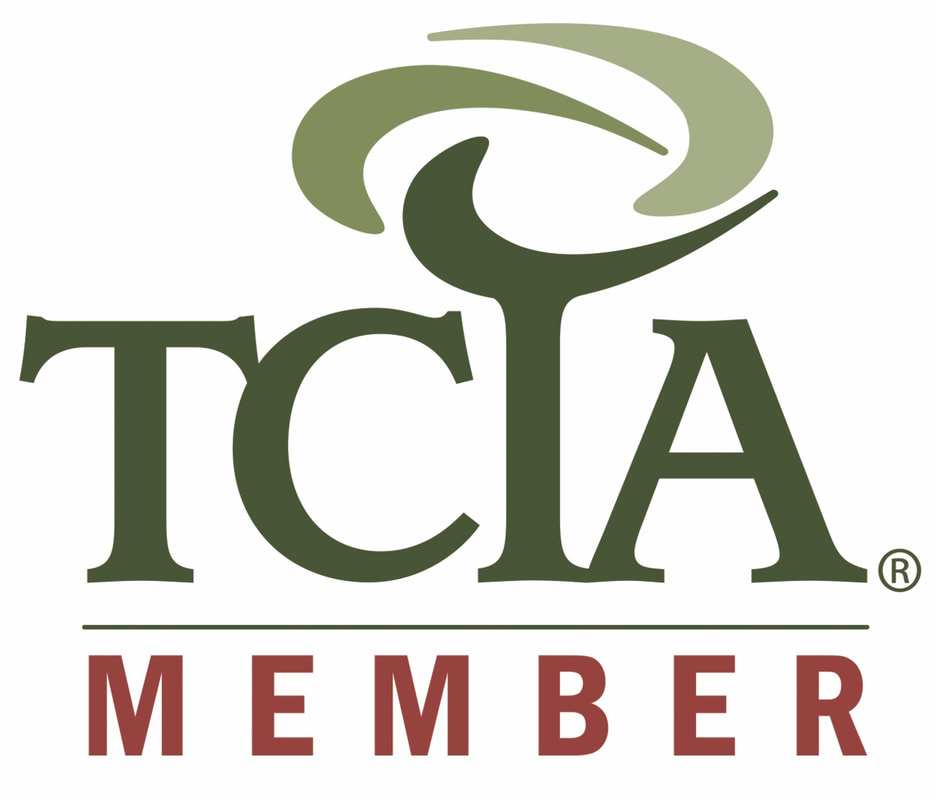|
Ryan Suttle (Orion Managed Services, UMass Amherst Department of Environmental Conservation) and Nasko Apostolov (UMass Amherst, Department of Civil Engineering) presented a collaborative research initiative titled “Artificial Intelligence for Tree Risk Prediction” at the 2021 Annual International Society of Arboriculture (ISA) Virtual Conference on December 14th. This pilot study represents an exciting new use of technology in arboriculture, and highlights the power of interdisciplinary cooperation towards innovation in the industry. Over 1100 people tuned into this presentation to learn about this motivating research initiative. Ryan assisted in conducting this study while pursuing a Master’s degree in Arboriculture and Urban Forestry at UMass.
Through research, technology, and education, ISA fosters a worldwide awareness of the benefits of trees and promotes the professional practice of arboriculture. This conference is their largest of the year, bringing in industry leading practitioners and researchers from around the globe to present their work, host educational workshops, and network with fellow professionals in the arboricultural field. Presenting at it is a true honor. Ryan’s presentation introduced a pilot study into the potential for use of artificial intelligence networks to identify high risk trees in proximity to overhead electrical lines with the idea that an effective model could reduce inspection costs, increase inspection efficiency, and increase reliability of electricity distribution. Vegetation management is typically one of a utility’s largest budget items, and even small utilities spend millions of dollars annually to mitigate tree-caused outages. Across the United States, outages also cost billions of dollars in lost business revenue. Presently, identification of high-risk trees near utility lines is labor intensive, time consuming, and costly. This presentation described a machine learning approach which trained a novel convolutional neural network (CNN) to automatically classify trees, using only a single photograph and with a high degree of accuracy, into likelihood of failure categories. The CNN’s high degree of accuracy demonstrated the potential of artificial intelligence to automate risk assessment and consequently to reduce costs. Preliminary results were extremely promising for future study and improvement, particularly through training better models with more data, and mapping visual cues learned by the CNN to physical defects in tree structure. Leave a Reply. |






1/5/2022
0 Comments